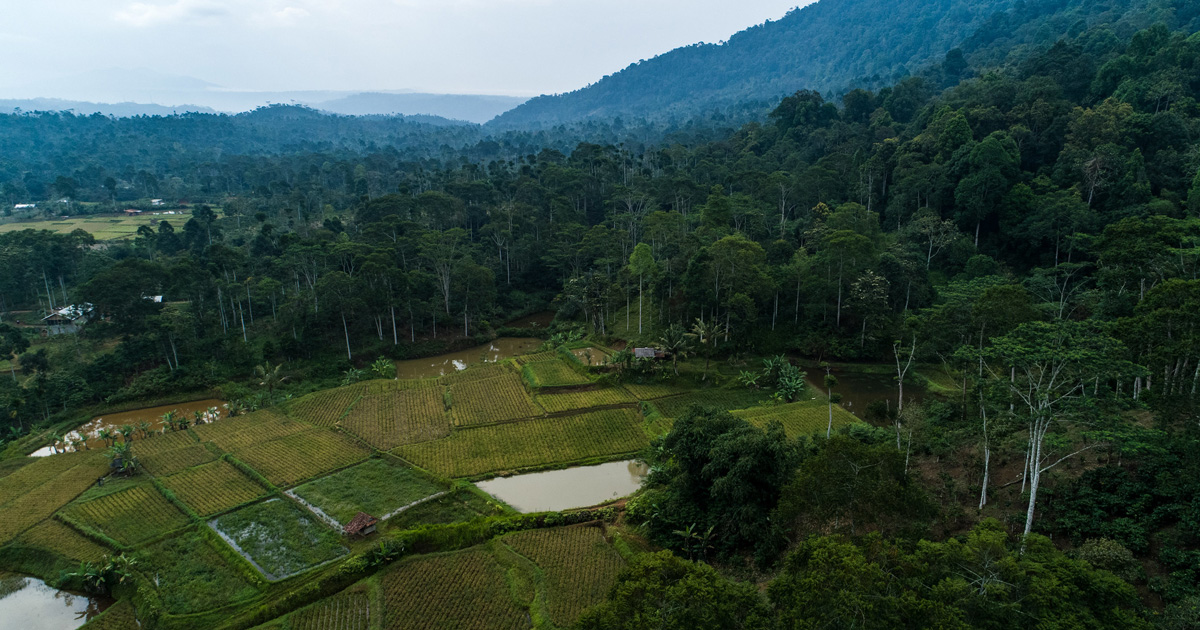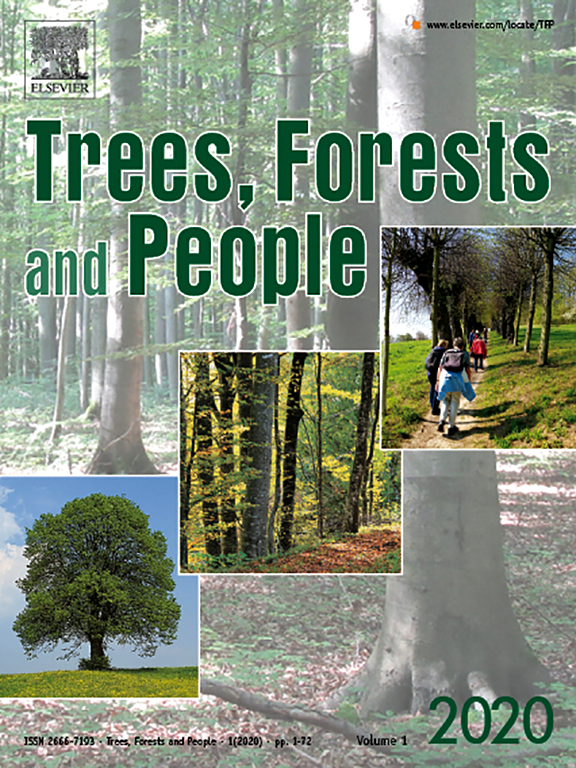Bamboo has emerged as a promising option for climate change mitigation due to its rapid growth, versatility, and renewability. However, in Nepal, there exists a substantial knowledge gap on carbon (C) stock and the influence of aspect and elevation on C stock of bamboo species, particularly in areas outside forests where bamboo is dominant. Therefore, this research was conducted to quantify C stock and aspect-elevation influence on the C stock of Bambusa nutans subsp. cupulata outside the forest area. For this study, three elevation zones (0–400 m, 400–800 m, 800–1200 m) and two aspects (East and West) were considered. A total of 30 square plots having a 100 m2 area were established utilizing purposive sampling due to the scattered distribution of bamboo. Non-destructive methods were applied to measure bamboo culm diameters, while composite soil samples were systematically collected from 30 cm depth using soil augers and core samplers. Clump density (400 ha⁻¹), culm density (42,480 ha⁻¹) and culm diameter (6.82 ± 0.41 cm) were highest at middle elevations (p < 0.05), with no significant difference due to aspect (p > 0.05). The total mean C stock potential of B. nutans was 148.73 ± 3.43 Mg ha⁻¹. Our results indicated a significant difference in C stock among elevation zones, with middle elevation zones (161.77 ± 6.74 Mg ha-1) exhibiting notably higher C stock compared to both lower (150.26 ± 2.69 Mg ha-1) and higher (134.17 ± 4.26 Mg ha-1) elevation zones. Furthermore, East aspect was found to have significantly (p < 0.05) higher soil organic C stock (18.52 ± 1.32 Mg ha-1) compared to West aspect (11.4 ± 1.01 Mg ha-1). Further research is needed to explore other complex environmental interactions with C stock potential for better climate change strategies. Incorporating bamboo C into Nepal's REDD+ initiative can be crucial for optimizing opportunities to earn C credits.
DOI:
https://doi.org/10.1016/j.tfp.2024.100653
Altmetric score:
Dimensions Citation Count:

Publication year
2024
Authors
Ayer, S.; Timilsina, S.; Joshi, R.; Chaudhary, P.; Gautam, J.; Maharjan, M.; Baral, H.; Bhatta, K.P.
Language
English
Keywords
bamboos, carbon sinks, soil organic carbon, carbon sequestration, soil sampling, forest management, climate change, mitigation, topography
Geographic
Nepal























